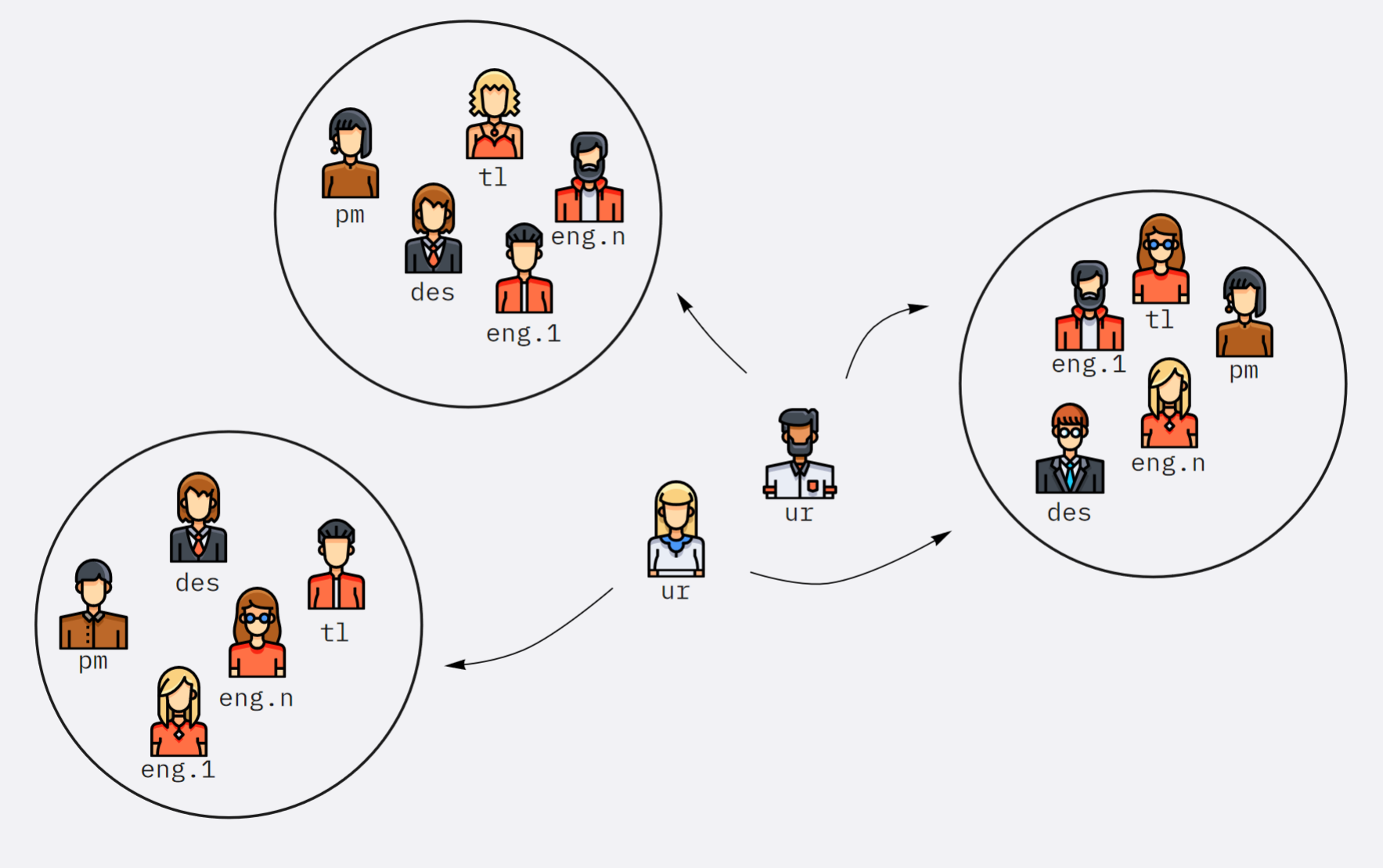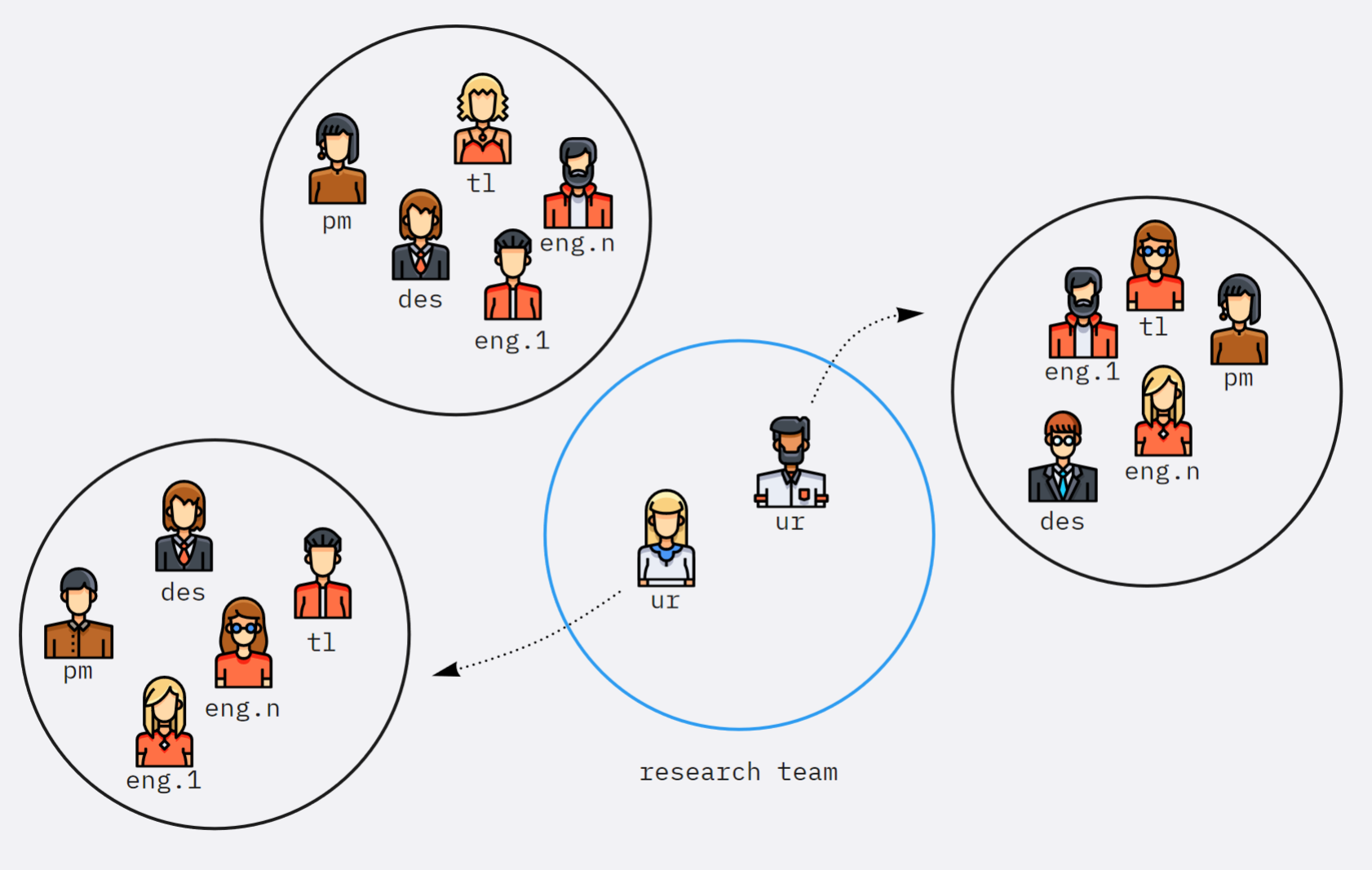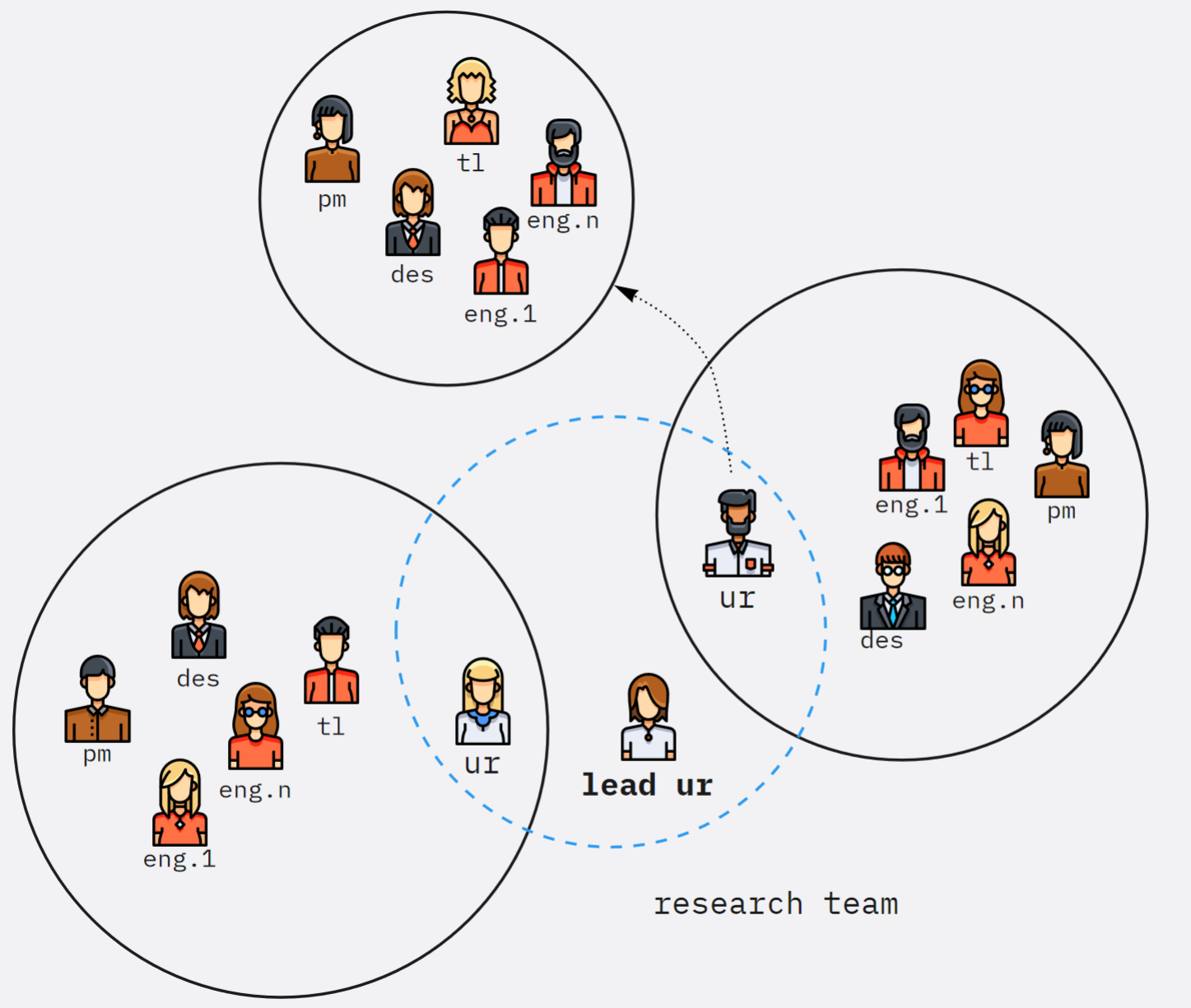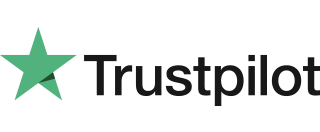Building a user research team
When I joined Trustpilot, a user research team was already in place, but their work was mostly reactive. Teams were empowered to do their own research, and leaders agreed that understanding the intended audience better and validating ideas both were important practices. But a lack of clear direction and connections to product leadership meant we weren’t generating strategic insights or making a clear business impact.

My challenge was to guide the team to change operating model and evolve. We sat down with the researchers, and established the research team as a proper team and identified 2 key goals: more knowledge sharing and increasing research maturity across the entire organization.

In the first phase, we were successful with knowledge sharing, as we created a repository of templated reports that made reusing evergreen insights much easier by multiple teams. However, we needed further changes to improve impact on the strategic projects.
To step up, the core of my strategy was to embed researchers directly into product teams for key projects based on quarterly planning. This was a crucial part of building the right team and ensuring they had a direct impact on business goals. This approach also allowed researchers to educate product teams on best practices and gather insights that could inform broader strategy. To balance these priorities, I set clear guidelines for time allocation, ensuring the team had dedicated time for project work, ad hoc support, and primary research.

As the last piece of the puzzle, we also added a lead user researcher to the team. They provided direct leadership support and helped the team engage with product leadership more effectively. This strategic immediately led to more consistent research and a greater flow of insights across the organization. This experience was key to my belief that providing clear direction and vision is crucial for enabling a research practice that drives real business results.
